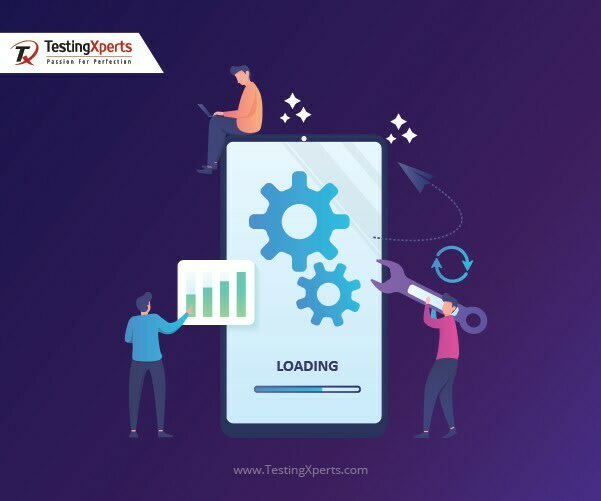If an organization is looking forward to setting up a test automation infrastructure framework then the initial costs will be high. But, eventually, if the software projects really require the platform of test automation, then in the long run, profitable and rewarding results can be attained. The team can also ascertain the Return on Investment (ROI) for test automation implementation using specific metrics and strategies.
This will, in turn, help them to analyze in detail how the platform of test automation can benefit them strategically. In this article, you will get to know the specific metrics and strategies that can be used for measuring test automation ROI.
The following are the key metrics that can be used for measuring the ROI of test automation:
1. The progress of automation: The execution of a number of automated test cases at a given time is worked out in this metric. Significant deviations are identified during the automation testing process. Reasons for these deviations might be executing the tester efforts ineffectively, unforeseen elements in the software or tasks that are being put on hold due to higher priorities.
The organization's progress in line with automated testing efforts is tracked over time and specific areas where additional automation is needed are identified.
2. The percentage of test cases that are automated: This is one of the important metrics for ascertaining test automation ROI. The percentage of automatable test cases can be measured by businesses at the beginning of enterprise software testing. The total number of test cases in a suite is verified. Ascertaining which processes demand human validations and which processes need to be prioritized for automation is analyzed in this metric.
3. Assessing defect density: The total known errors, bugs and issues that are discovered in the software development cycle are measured using this metric. In order to know whether the automation process is running high-value test cases, the number of defects should be looked into.
Following are the strategies through which the ROI of test automation is measured:
1. The speed factor: This is one of the effective strategies to analyze test automation ROI. Automated tests provide accuracy and are carried out at a much faster pace when compared to manual testing. A reliable and scalable test infrastructure is required to leverage test automation platform. Following are a few key factors that need to be taken into consideration:
• A number of tests are run in parallel on multiple test combinations
• A number of tests are run in parallel on the same test combinations
• The same tests are run in parallel on multiple test combinations.
2. The aspect of quality: The quality of test automation scripts is adjudged by enhanced test coverage that is provided by the platform of automation testing. If the test coverage is high then the probability of catching bugs also becomes better. This, in turn, also results in enhancing the overall product quality.
When the platform of test automation is coupled with meaningful integrations like CI/CD tools, bug tracking tools, product management tools etc., it in turn helps in expedite the process of issue closure, issue tracking and bug discovery.
3. The relevance of cost: A number of factors like test suite design, test infrastructure, test automation framework etc., have a direct impact on the overall outcome of web automation testing. The returns from automated testing cannot be expected straight away.
The intangible benefits such as savings on recursive investments on in-house infrastructure, saving critical man hours etc., result directly in huge cost savings. The investment in test infrastructure is the most crucial decision while the management invests in automation testing.
Conclusion: The team might need to put in considerable effort to calculate the ROI of test automation. A detailed examination of the product and business, testing processes and testing needs should be taken into consideration. There is always a professional software testing services provider to rely upon that can precisely calculate and let the client know the ROI on test automation.




Top comments (0)